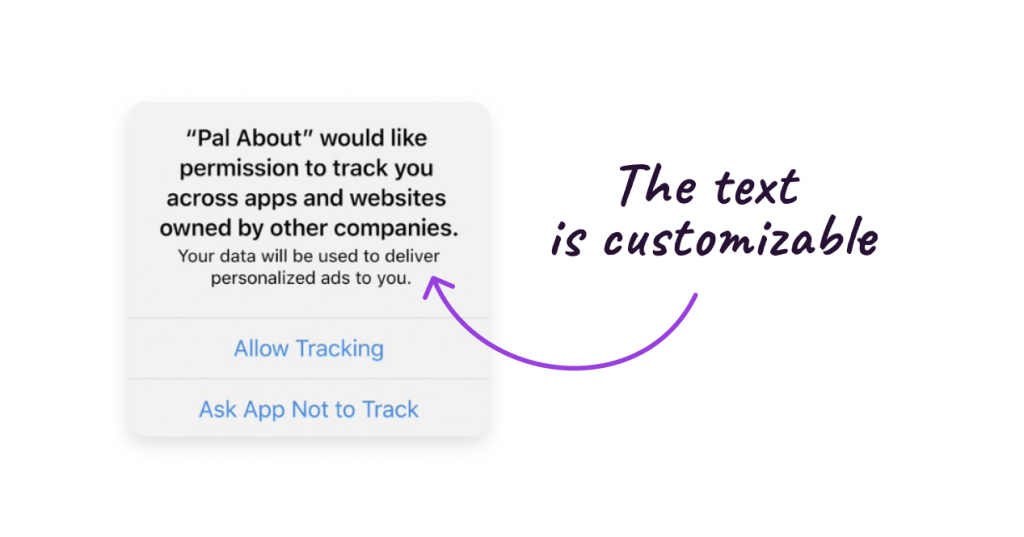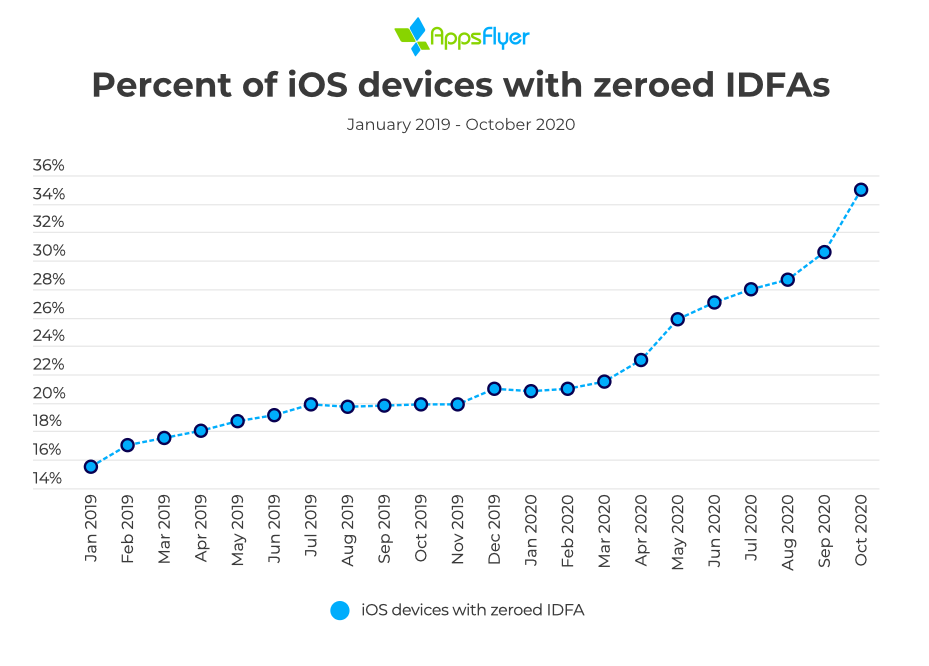Facing IDFA Challenges with A/B Testing & ASO
 Anastasia Sidoryk
Anastasia Sidoryk In June 2020, Apple announced by far the biggest news for the mobile marketing industry – IDFA deprecation to come with iOS 14. The changes have been put off until early 2021, and app marketers and publishers took advantage of that postponement to adjust their strategies.
The industry has been actively discussing the issue and ways to overcome the upcoming challenges. In our App Growth Talk with Thomas Kriebernegg, CEO and co-founder of App Radar, says:
With IDFA there will be a lot of changes happening to the industry. I think right at the moment it’s really hard to predict what exactly those changes will be. Also, the people that I’m talking to, most of them, are waiting.
Waiting or proactively adapting is what the industry does now, but one thing is obvious – IDFA deprecation is certainly the way things are going to be. Here’s a quick recap of what is happening: the new App Tracking Transparency (ATT) framework will require that app publishers explicitly ask users to allow their advertising data to be tracked through IDFA by showing a pop-up message.

The bad news about Apple’s pop-up is that it is shown to app users only once so you have only one chance to win the audience and thus boost your opt-in rates and enrich the trackable user bucket.
As for good news: firstly, the message is partially editable so you can play with the wording until you get the best possible messaging that convinces users to tap “Allow Tracking”; secondly, app publishers can control the timing, or when they show the pop-up message to their users, which might help warm the user up through an engaging in-app experience and, for example, your internal pop-ups explaining users’ value of granting consent.
Regardless of these ways to influence opt-in rates, the industry expects them to be pretty low. Although Apple put off IDFA deprecation until a later date, some publishers tried to incorporate the new ATT framework into their apps ahead of time. According to AppsFlyer, 99% of users choose not to allow tracking. As of October 2020, the percentage of devices with zeroed IDFA amounts to 35%:

So, what do such opt-in rates mean for mobile app advertising?
Moreover, as retargeting and lookalike audiences rely on IDFA, they will only be available for those users who granted their consent to be tracked.
In the context of such changes to the ecosystem and fewer user data available, UA managers will inevitably have even less control over targeting, which ultimately puts even more leverage on the creatives. Hence, the role of A/B testing and ASO gets even more fundamental.
After IDFA changes are introduced, advertisers will have trouble reaching out to relevant users, so their top of funnel metrics (click-through rates and install rates) are going to drop, which is likely to push bottom of funnel metrics down as well.
Conversion optimization through creative A/B testing and ASO is getting really important post-IDFA as optimized banners and product pages will help reaching out to the most targeted users and thus decrease CPI.
Let’s take Facebook for example, where you choose to be charged for impressions. The more banner clicks and app installs you get, the lower your CPI will be. When your ad is being shown to a wider audience, which will happen post-IDFA, you’re going to get fewer installs, so your CPI will increase.
A/B testing helps identify the visuals that would pick out the audience you need most.
For example, you build a hypothesis that for your game’s audience male characters are more likely to drive conversion rather than female characters placed on App Store screenshots. Using the SplitMetrics platform you check that hypothesis and, if proven, you put male characters on your game’s product page. Moreover, after that you might want to place the winning art adapted to Facebook on your banners and here’s what happens:
So, with fewer user-level data to be available after IDFA deprecation and campaign optimization shifting even more to probabilistic, UA managers will inevitably have even less control over targeting capabilities, which ultimately gives more power to creatives, making them more important than ever.
You might have this question if you already run or only plan to run A/B tests on the SplitMetrics platform. The short answer is “No”.
SplitMetrics doesn’t use IDFA to track user behavior whatsoever. Once Apple’s new ATT framework comes into force, this identifier will be obtained after the user grants their consent from inside the iOS app.
In turn, our A/B testing platform deals with the pre-install user behavior on the emulated App Store product page, search page or top charts. Our system tracks user behavior by assigning users custom client IDs. IDFA has nothing to do with this tracking process.
If you feel like working on your ASO with A/B testing to nail the upcoming app marketing changes – increase in costs and poor targeting, – see for yourself how SplitMetrics A/B experiments work. Request a free demo tour of the platform.
